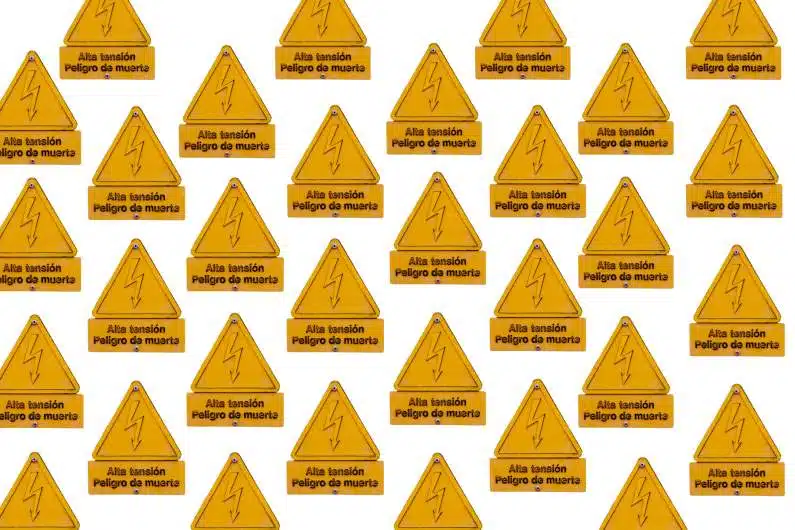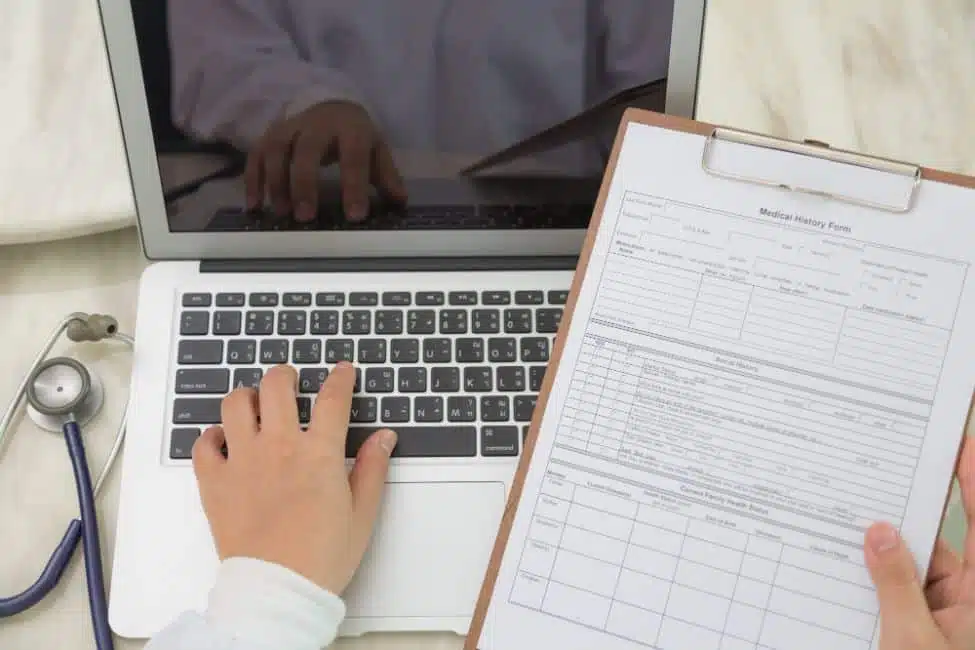When the moment arrives to consider hiring a translator, whether it’s for the translation of a document or a website, you might encounter some initial uncertainty about how to kickstart the process.
In such situations, it’s essential to remember that like many endeavors, thorough preparation is the cornerstone of achieving successful outcomes.
With that in mind, let’s delve into a range of valuable insights and tips to guide you in a direction that guarantees the fulfillment of your translation project objectives.
Steps to Take When Hiring a Translator
Prepare Your Documents in Advance
Translators need to work with editable documents, and you can simplify your project immensely by putting it into a simple format such as MS Word.
If you have a website, take the content you want to be translated and paste it into a Word document or equivalent.
This will make it possible for the translation company to quickly review the content, do a word count, and quote your project.
Use the word “WIN” to remember the crucial steps necessary to prepare your document for translation.
W – WORD COUNT – Most translation companies charge by the number of words in your document before it is translated. This is called the “Source Word Count”.
Prepare your document in a format that is easy to work with so that a word count can be determined and agreed upon.
I – IDENTIFY – While you may eventually want to translate your entire website or a series of documents, take the time to “Identify” the documents or web pages you need to be translated first, or which will give you the best return on your investment and prioritize your project accordingly.
Once you identify which document, PDF or web page to translate first, you can get a quote and experience how the process works before moving on to larger volume/higher dollar projects.
N – NOTIFY – It is important to “Notify” bidders of exactly what you are looking for and what you want them to quote.
Limit your specifications to a few key points and always include the following:
Example:
1. SOURCE AND TARGET LANGUAGE – American English to Latin American Spanish (US and Intl)
2. QUOTE FORMAT – Price per Source Word in USD (i.e. $0.15 per source word)
3. WORD COUNT – 1000 words
4. LEAD TIME – Need document by 9/10/2014
5. SPECIAL INSTRUCTIONS – The document is text from our website and introduces our product line.
We have specific terms we want to keep in English because they are registered trademarks. We have highlighted them in yellow on the source document, so please do not include them in your word count.
Hiring a Translator for Website Translation
If you are planning on hiring a translator for your website into one or more languages, prioritize by deciding which page would give you the most impact in your target language and start with that.
Put text from menus and headers in an Excel spreadsheet and have it translated once.
You can then use the spreadsheet to update repeated text on different web pages, rather than have it included in the word count total more than once.
Additional Information for Each Point
Source and Target language
When hiring a translator, always be very clear about what language the document you are submitting is written in so that the translator or agency that is bidding can be sure that they have the right translator for the job.
A translator that works with American English may not work with British English.
This can cause issues later in the process if it is not addressed upfront.
Accordingly, you should be certain what the target language is and who your target audience is.
If your target audience is in Canada, but you want your website to be in standard European French (France and International) so that more audiences can be reached, then ask for European French rather than Canadian French.
If you aren’t sure what your target language should be, ask the translator for advice. They will ask the right questions to help guide your decision.
Make sure the translator being used is a native speaker of the target language. For example – If you are translating into European French, French should be their native language, NOT English.
Quote Format
Ask for quotes to be submitted in the standard format of Price per Source Word and indicate what currency bidders should use (i.e. USD 0.15 per source word).
Word Count
Translators will give you the word count of your document when they quote the project, but you should go into the process with a good idea of what the word count is. If you are not including specific brand names, proper names, etc. in your count, be sure to let the translator know, so they can subtract those items also.
Turnaround Time
Decide what the absolute final deadline is, then subtract about 10 business days and put that as your deadline.
You will need to allow this extra time for questions to be answered and the translation to be updated as needed in the finalizing process.
Indicate an exact date when setting a lead time, such as “Need document by 12/31/2014” as opposed to in 3 weeks.
Remember to Give Special Instructions
When hiring a translator, make sure you give the translator any specific instructions they may need to bid accordingly.
Don’t assume you both think alike and don’t assume they understand what you are expecting to receive.
Tell them everything they need to know about your needs in terms of specific formatting, type of language, who your target audience is, etc.
Working closely with the translator and project manager will ensure that the final product is a useful document.
Many projects require a specialized translator, for instance, legal documents should be translated by a linguist with expert knowledge of legal translation while medical notes must be translated by a specialized medical translator.
Failing to work with the right type of translator could lead to subpar translations, which can result in many problems for you.
Go With Your Gut
The final thing to remember is how a translator or agency makes you feel.
Did they respond quickly? Did they answer all your questions? Was their message to you clear and concise, or was it in broken English? What is your gut feeling telling you, and what does the quote tell you? Do you enjoy working with the project manager who quoted your project?
Once you select a translator, move forward with a short document, so you see how the process works from start to finish, from quote to delivery, invoicing, and payment.
When your first project is done, you will either feel confident that the translator or translation agency you have selected is who you want to move forward with, or you’ll want to do another short project with a different translator and agency.
Remember, the key to WINNING is PREPARATION!
Before Anything Else, Preparation Is the Key to Success – Alexander Graham Bell
***
Your Path to Seamless Translation Solutions
Please don’t hesitate to get in touch with us to share your valuable experiences related to hiring a translator or to inquire about our own experiences in this field.
Our extensive network of native translators spans a diverse spectrum of subject areas, ensuring that we can seamlessly connect you with the ideal professional who precisely aligns with your unique requirements.
Whether you’re seeking expertise in legal, technical, medical, or any other field, we have the right linguist to support your project.
If you’re eager to learn more about our services or wish to obtain a complimentary, no-obligation quote, we invite you to reach out to us today.
Don’t hesitate to contact us today – we’re just an email away from assisting you in your translation endeavors





